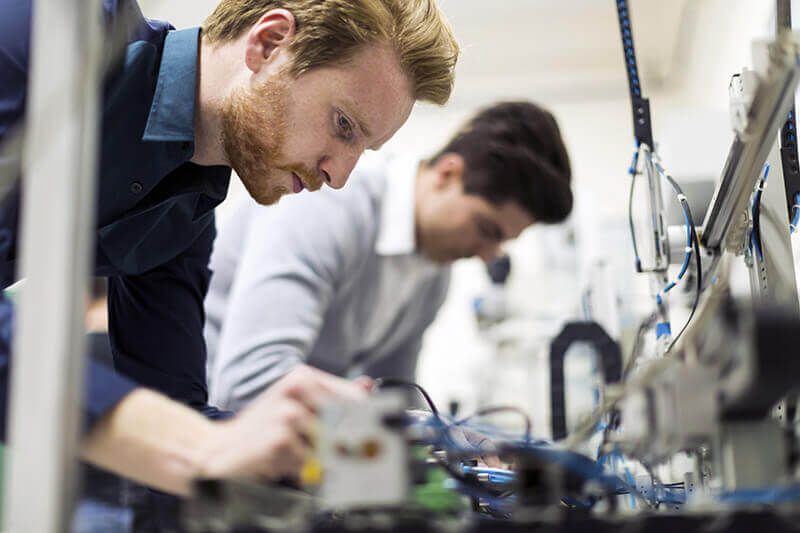Warehouse Fire Hazards
Fire safety becomes everyone’s job at a worksite. Employers should train workers about workplace fire hazards and what to do in a fire emergency. The National Fire Protection Association (NFPA) estimates that the fire department responds to a fire every 24 seconds, a fire-related injury occurs every 35 minutes, and a fatality every 144 minutes in the United States. As a result of these frequent fires, the U.S. Fire Administration estimated losses of $26.5 billion in 2018. This Simulation educates on the dangers and causes of fire, along with control and prevention practices.
Content Overview
The primary goal of this course is to teach workers safe work procedures to be aware of and mitigate warehouse fires in a warehouse environment. The user will learn:
- How to identify specific warehouse fire hazards
- Participate in preventing accidents in the warehouse
- What to do in the event of a fire
- The proper use of a fire extinguisher to put out a fire
The Warehouse Fire Hazard Awareness simulation is ideal for employees or supervisors in or around warehouse operations.
Specifications
Categories: Warehouse & Manufacturing Industries
Simulation Length: 10-15 minutes
Languages: English
Headset Availability: We can deploy our training to most major headsets.
More Information
Manufacturing & Engineering
 Our learning programs develop job-ready skills that have been proven time and again. Take a look at how we can help you be successful!
Our learning programs develop job-ready skills that have been proven time and again. Take a look at how we can help you be successful!
Colleges are challenged to offer courses whenever students are available – and frequently, wherever they are available. Students want courses that are available on campus as well as from home while also providing strong hands-on skills for the technology demands facing them. Meeting these demands is no small task.
Amatrol has learning programs that allow colleges to excel in this demanding environment. We offer a full range of learning systems, both in a traditional equipment lab setting as well as in a virtual lab, that meet and exceed students' expectations.





